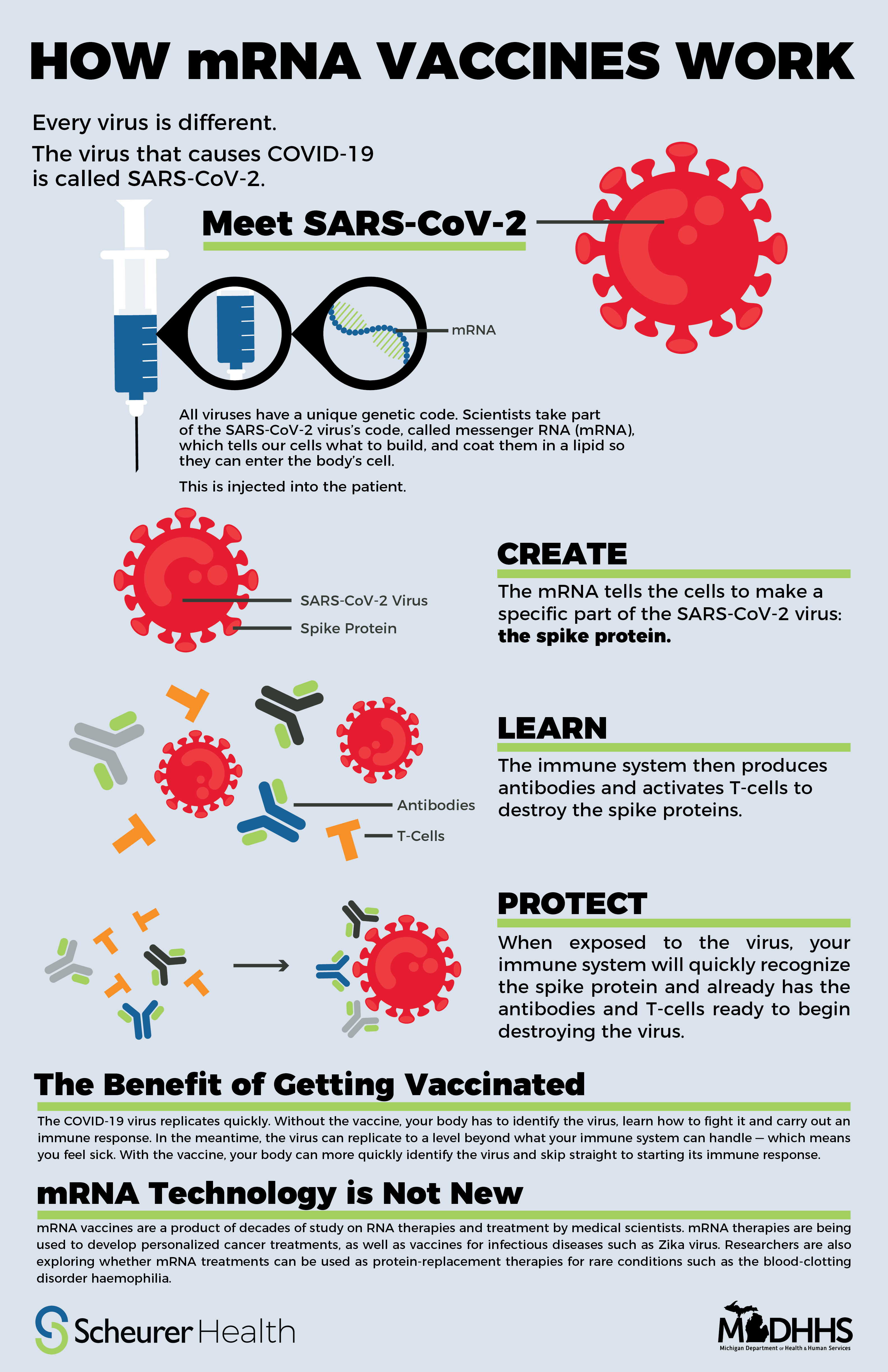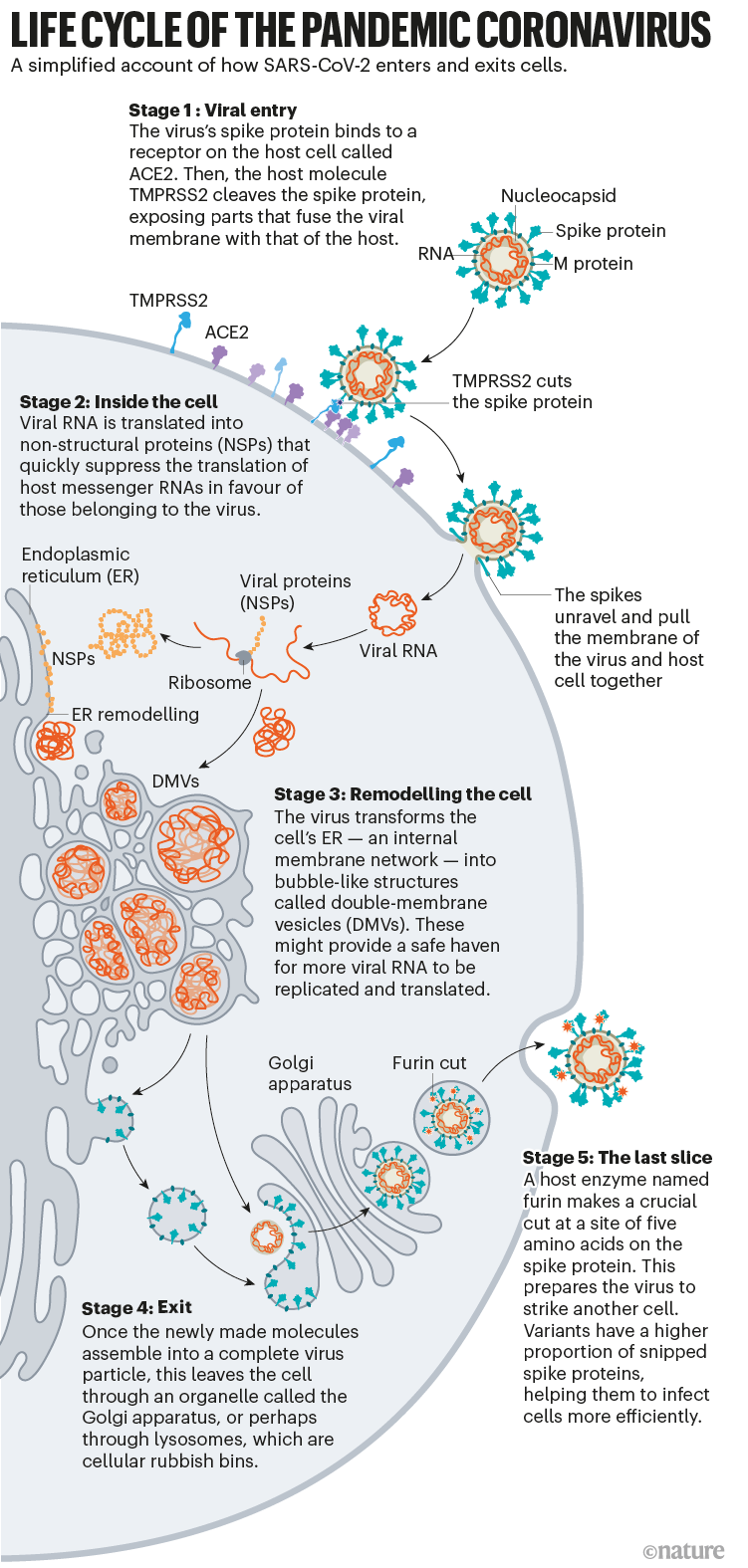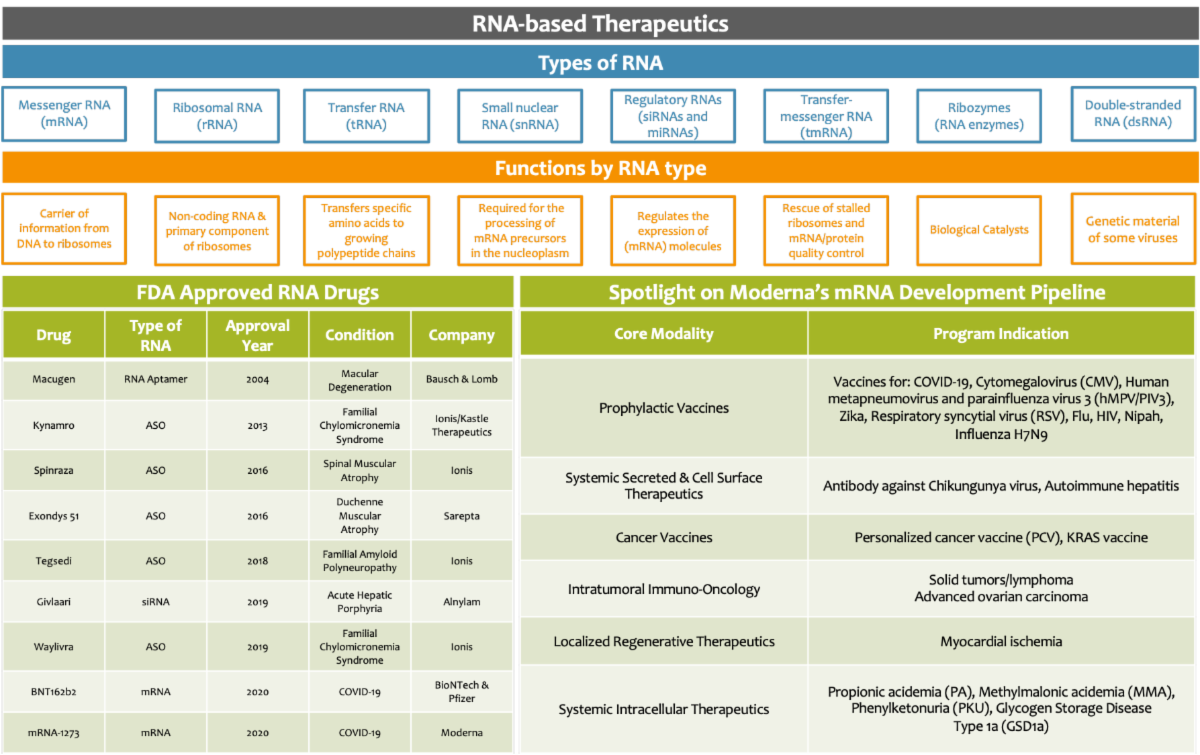

The mRNA vaccine pipelineīolstered by the success of the COVID-19 mRNA vaccines, around 90 lead developers are developing mRNA vaccine candidates for a vast array of pathogens. The knowledge garnered from the pandemic will be valuable to the field of vaccine technology and the quest in producing future vaccine design using RNA approaches. The concerted efforts of scientists around the globe during the COVID-19 pandemic has accelerated mRNA vaccine development and helped us to overcome the challenges that hindered early research.
#MRNA INFOGRAPHIC FREE#

Companies could not see the economic potential in the technology. Many of the candidate vaccines never progressed to in-human studies, and companies such as Shire and Novartis sold their mRNA vaccine portfolios. Early attempts to develop and commercialize mRNA vaccines were abandoned due to manufacturing challenges, including a vaccine for avian influenza. While initial studies into mRNA vaccines looked promising, the cost of optimizing and upscaling vaccine platforms was a major limiting factor to large-scale rollout. Encapsulating mRNAs within these protective little fat bubbles enables them to be shuttled to the right place in cells without degrading. Researchers initially found mRNA technology a struggle to work with due to its instability: a challenge that was largely overcome with the development of lipid nanoparticles (LNPs). But the road to success has been long and winding, with decades of dead ends and disputes over technology. The successful application of mRNA vaccine technology to combat COVID-19 would not have been possible without the pioneering work of biochemists, immunologists, and developmental biologists. Watch this video to see how an mRNA vaccine uses our bodies’ cells to generate immunity to COVID-19. The production of these foreign antigens within the body prepares the immune system to recognize and memorize this viral antigen so it is ready to fight off future infections caused by a virus with the same antigen. In contrast to conventional vaccine approaches, which directly introduce antigenic proteins that stimulate an immune response in the host, mRNA vaccines introduce mRNA encoding to a disease-specific antigen and leverage the host cells’ protein synthesis machinery to produce antigens that elicit an immune response. Figure 1 below outlines the mechanism of action of mRNA vaccines for inducing cell- and antibody-mediated immunity. Since then, mRNA vaccines have been designed to target an array of pathogens, including zika, rabies, influenza, and cytomegalovirus.

In fact, the therapeutic potential of mRNA can be linked back to the 1980s when it was hypothesized that mRNA could be used as a drug when delivered to a target via lipid droplets.

Science Translational Medicine., 13(620).Messenger RNA (mRNA) vaccines are a familiar concept to many, owing to their role in substantially altering the course of the COVID-19 pandemic and preventing millions of deaths. mRNA vaccination induces tick resistance and prevents transmission of the Lyme disease agent. O., Pardi, N., Narasimhan, S., Weissman, D., & Fikrig, E. Sajid, A., Matias, J., Arora, G., Kurokawa, C., DePonte, K., Tang, X., Lynn, G., Wu, M.-J., Pal, U., Strank, N.Advanced drug delivery reviews, 179, 114000. Messenger RNA-based vaccines: Past, present, and future directions in the context of the COVID-19 pandemic. Jain, S., Venkataraman, A., Wechsler, M.Acknowledgements Special thank you to the BioRender Creative team including Avila Sanchez, Joshua Koentjoro, Tal Bavli, Jerry Gu, Samara Mishelle Oña Chuquimarca and Cindy Liu.


 0 kommentar(er)
0 kommentar(er)
